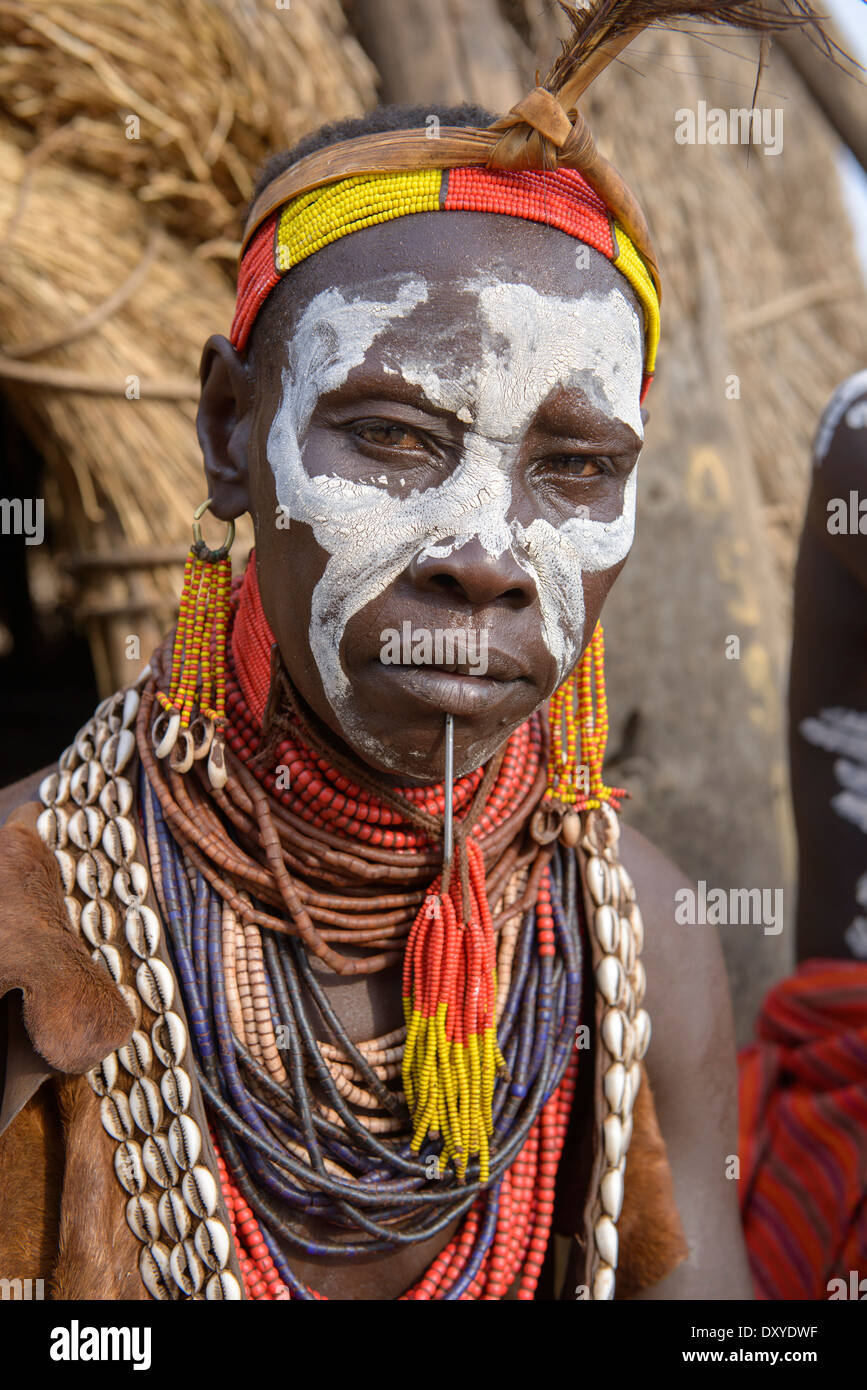

Moreover, the occupants of the surrounding areas began to pollute the headwaters of the rivers. The forest fires, ignited by cattle ranches at the northeast of the Park, at the end of the 1990s were exacerbating the advance of lumbermen to the west. In the 1980s, the first invasions by white hunters and fishermen took place in the territory of the Park. The two expeditions of the German ethnologist Karl von den Steinen, in 18, made the whites aware of the existence of the indigenous peoples of this region. The design is geometric with intricate lines, mainly in red and black.

Their vast territory is formed mostly by tropical forests.Their body painting is very symbolic and signifies status and social behavior. The Kaiapó natives live along the Xingu River, in Mato Grosso. The Rikbaktsa, who are also called "Orelhas de Pau" (Wooden Ears) and "Canoeiros" (Canoe People) have a reputation as being fearless warriors. Female body painting is also ubiquitous in the Xingu region with both women and girls commonly decorating their bodies with various natural pigments and dyes.Īmazonian chief of the Rikbaktsa tribe. The butterfly design is a common theme in the Xingu and abstract swallowtail butterfly designs can be seen on both his face and chest.

A black dye is made from fruit of the genipap (genipapo) tree. Note how his hair is colored red with a paste made from seeds of the annatto (urucum) tree. Indigenous body painting is highly developed among the Xingu native tribes. Although commonly referred to as "Xingu Indians" as if they were a single tribe, in reality they are composed of many different ethnic groups.

The indigenous Amazonian Indians inhabiting the Xingu River basin in Brazil are not a single tribe. Since the initial arrival of Europeans around 500 years ago, the Kaiapó have experienced forced migration further west into the rainforests as a result of invasions, they have lost land and habitat and they have also suffered from the introduction of diseases that accompanied the arrival of outsiders. The Kaiapó have a long history of contact with others.
African tribal body paint and bamboo wear series#
The so-called Man of Pazyryk, is tattooed with an extensive and detailed range of fish, monsters and a series of dots that lined up along the spinal column (lumbar region) and around the right ankle Many of the cultural traditions and customs from this area are fast disappearing as the modern world takes hold.Ī tattoo on the right arm of a Scythian chieftain whose mummy was discovered at Pazyryk, Russia. Natives of Australia, New Zealand, Pacific Islands and some parts of Africa are still painting their bodies as their ancient ancestors did before them. Among the ancient tattoos are those "Ötzi the Iceman", dated at 3300 BC, several tattooed mummies in Tarim Basin, some of them dated at about the second millennium BC, a tattooed Mummy from the permafrost of Altaï, dated 300 BC and the Man of Pazyryk, discovered during the 1940s. In fact, evidence of tattoos has been discovered in Eurasian dating back to Neolithic era. The art of body painting has been practiced throughout the world by various cultures and tribes for their ritual body painting events. Modern Body Painting in the United States.A Global Perspective: From the Andamanese of India to Xingu native tribes of Brazil.


 0 kommentar(er)
0 kommentar(er)
